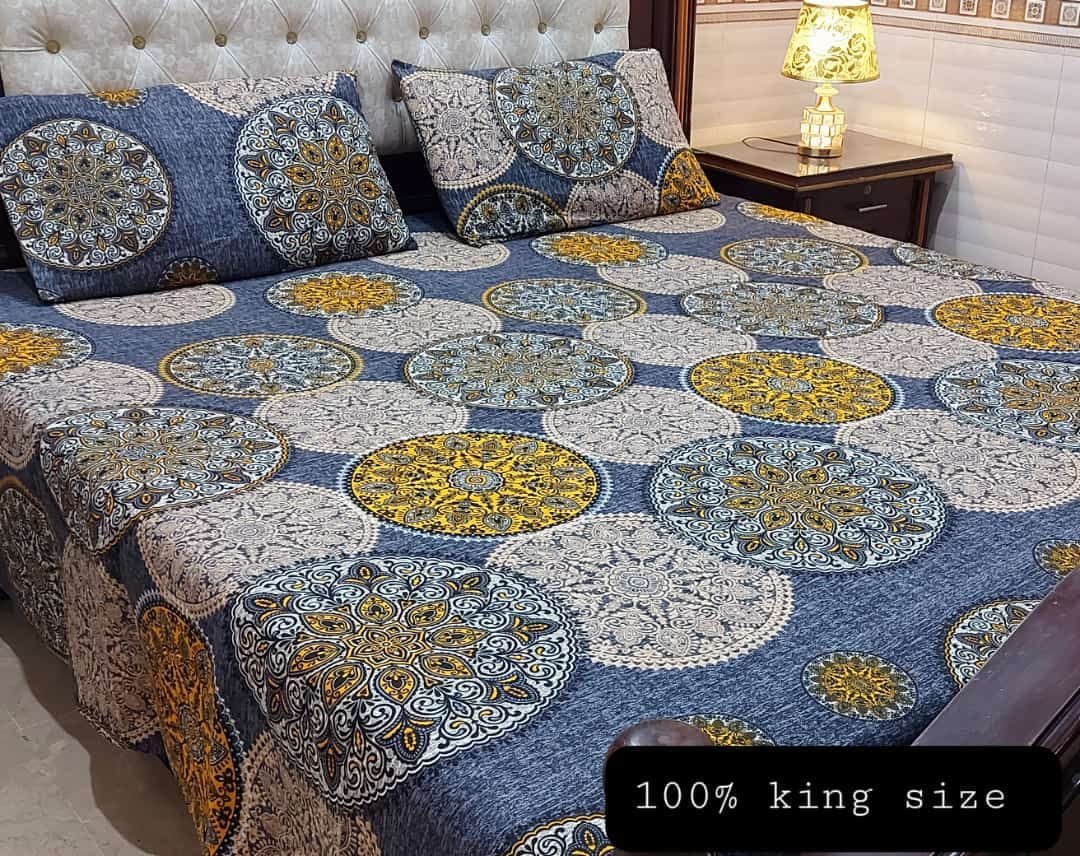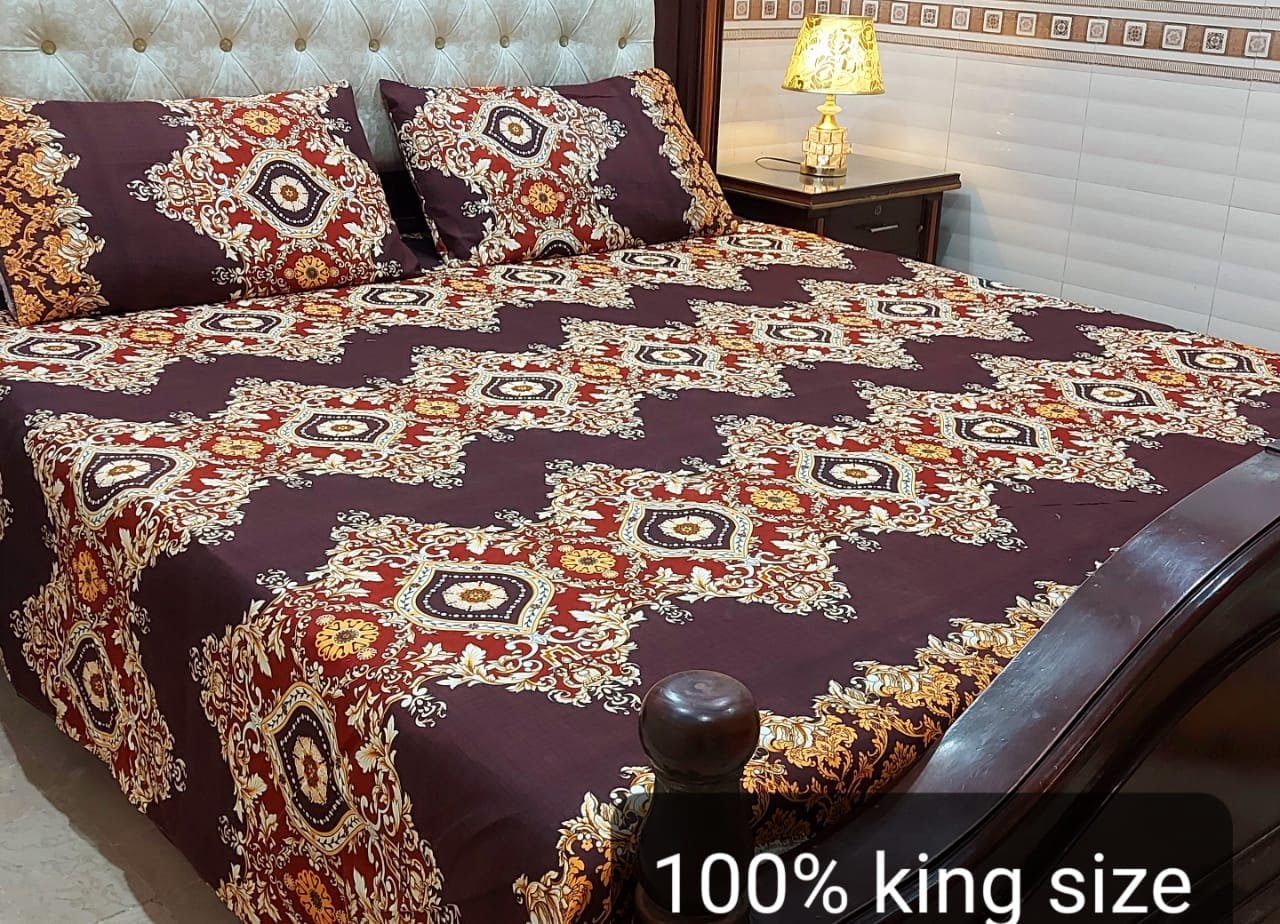No products in the cart.
Blogs
The Art of Home Decor Layering Textures
Introduction to Home Decor Layering Textures
Home Decor Layering Textures is an art form that allows us to express our personality and create a space that reflects our unique style. One of the most effective techniques in home decor is layering textures. Combining different materials and fabrics can add depth, visual interest, and a cozy ambiance to any room. This article will examine many strategies, suggestions, and ideas to help you create a gorgeously textured space you’ll love going home to as we explore the art of layering textures in home decor.

What is Home Decor Layering?
Home decor layering adds multiple layers of textures, fabrics, and materials to make a space aesthetically pleasing and welcoming. Combining textiles, rugs, curtains, cushions, throws, and decorative accessories to achieve a harmonious and cohesive look. Layering textures can transform a plain and uninspiring room into a warm and inviting sanctuary.
The Importance of Textures in Home Decor
Textures are vital in home decor as they add depth, dimension, and tactile appeal to a space. They create visual interest and stimulate our senses, making a room more comfortable and inviting. Whether it’s the softness of a plush rug underfoot, the smoothness of a polished wooden surface, or the coziness of a chunky knit throw, textures add a layer of richness and warmth to any room.
Benefits of Layering Textures in Home Decor
Layering textures in home decor offers a multitude of benefits. It would help if you thought about using this strategy in your interior design for the following reasons:
Enhanced Visual Interest: By combining different textures, you can create a visually interesting space that captures attention and keeps the eye moving throughout the room.
Added Depth and Dimension: Layering textures add depth and dimension to a room, making it more dynamic and visually appealing.
Improved Comfort and Coziness: Textures evoke a sense of comfort and coziness, transforming a space into a warm and inviting retreat.
Personalization: Layering textures allow you to personalize your space and showcase your unique style and personality.
Easy Updates: One of the great advantages of layering textures is that it offers an easy way to update your decor without completely revamping the entire room. Replacing a few important elements may give your space a new look.
Now that we are mindful of the importance and benefits of layering textures in home decor let’s look at some useful advice and suggestions to help you become an expert.
Practical Tips for Layering Textures
Start with a Neutral BaseWhen layering textures, it’s essential to start with a neutral base. A neutral color scheme should be used for the walls, floors, and larger furniture pieces. Neutrals provide a versatile and timeless backdrop that allows the textures to shine.
Mix Different Textures
Mixing different textures to create an interesting and visually appealing space is important. Combine rough with smooth, soft with hard, and shiny with matte. For example, pair a plush velvet sofa with a sleek marble coffee table or place a rustic wooden sideboard against a backdrop of textured wallpaper.
Consider Scale and Proportion
When layering textures, consider the scale and proportion of each element. Mix larger-scale textures with smaller-scale ones to create balance and harmony. For instance, pair a chunky knit throw with delicately embroidered cushions or layer a bold geometric rug over a more subdued carpet.
Play with Contrasting Textures
Contrasting textures can create a striking and dramatic effect in a room. Experiment with smooth leather with rough burlap or silky satin with coarse jute. The contrast between different textures adds visual interest and makes each element stand out.
Incorporate Natural Elements
Including natural components in your area is a great way to give it texture and warmth. Consider using materials such as wood, stone, rattan, or jute. Incorporate indoor plants and botanical prints to introduce organic textures and create a connection with nature.
Layer Rugs and Floor Coverings
Layering rugs and floor coverings are an effective way to add texture to your floors. Start with a larger rug as the base and layer a smaller rug or sheepskin for added softness and visual interest. This technique works well in living rooms, bedrooms, or any space that needs a cozy touch.
Now that you have some practical tips let’s dive into specific ideas for layering textures in different areas of your home.

Ideas for Layering Textures in Each Room
Living Room
The center of the house is the living room. Where we relax, entertain, and spend quality time with our loved ones. Here are some ideas for layering textures in your living room:
Layered Pillows and Cushions: Mix and match different pillows and cushions in various sizes, shapes, and textures. Combine plush velvet, soft fur, and woven fabrics to furnish a comfortable and welcoming seating space.
Textured Wall Art: Add visual interest to your living room walls by incorporating textured wall art. Choose pieces with raised surfaces, such as woven tapestries, macrame hangings, or three-dimensional sculptures.
Faux Fur Throws: Drape faux fur throws over your sofas or armchairs to add a luxurious and tactile element to your living room. Not only do they look stylish, but they also provide warmth and comfort during colder months.
Statement Rug: Anchor your living room seating area with a statement rug. Opt for a textured rug with a pattern or a mix of different pile heights to create a visually stunning focal point.
Mixed Materials: Introduce a variety of materials in your living room furniture and accessories. Combine a leather sofa with a glass coffee table, a metal floor lamp with a wooden side table, or a ceramic vase with woven storage baskets.

Bedroom
The bedroom should be a cozy and restful sanctuary; layering textures can help create that tranquil ambiance. Consider the following ideas for adding texture to your bedroom:
Linen Bedding: Opt for linen bedding for a soft and textured look. Linen has a naturally wrinkled texture, adding a relaxed and lived-in feel to your bed.
Knit Blankets: Layer knit blankets or throws at the foot of your bed for added warmth and texture. Choose chunky knits or cable-knit patterns to create a cozy and inviting atmosphere.
Tactile Headboard: Consider a headboard upholstered in a textured fabric, such as velvet, suede, or tufted upholstery. The tactile nature of the headboard will make your bed visually appealing and inviting.
Layered Curtains: Hang sheer curtains behind heavier drapes to create a layered window treatment. Sheer curtains add a soft and ethereal texture, while heavier drapes provide privacy and light control.
Plush Area Rug: Place a plush rug beside your bed to add warmth and comfort underfoot. Choose a carpet with a deep pile or shaggy texture for a luxurious and cozy feel.
These are just a few suggestions to get you going, but remember that there are countless options when layering textures in your home. Don’t be afraid to experiment, mix and match, and let your creativity shine.

FAQs
How can I layer textures in a small space?
Layering textures in a small space is all about balance and choosing the right elements. Start with a neutral color palette to create a sense of openness, then select smaller-scale textures to avoid overwhelming the space. Opt for lighter fabrics and materials to keep the room airy and spacious.
Can I layer textures in a minimalist style?
Absolutely! Layering textures can add depth and interest to minimalist spaces. Limit your color pallet and pick materials that go well together. Use organic materials like wood, stone, and linen to maintain the minimalist aesthetic while incorporating tactile elements.
How do I layer textures in a monochromatic room?
In a monochromatic room, layering textures becomes crucial to add visual interest. Vary the surfaces by using different materials with similar tones and shades. For example, pair a smooth leather chair with a plush velvet pillow or place a woven basket next to a matte-finished ceramic vase.
Can I layer textures in outdoor spaces?
Absolutely! Outdoor spaces can benefit from the art of layering textures too. Consider using outdoor rugs, throw pillows, cushions, and curtains to create a cozy and inviting outdoor living area. Incorporate natural elements like plants, stones, and wood to add texture and connect with the surrounding environment.
How do I choose the right textures for my decor?
Choosing the appropriate textures for your decor is a personal decision based on your taste and style. Start by considering the overall mood you want to create in your space. Do you prefer a cozy and rustic ambiance or a sleek and modern look? Once you have a vision, select textures that align with that aesthetic. Experiment, mix different materials, and trust your intuition.
Can I layer textures in a rented space?
Yes, you can! Layering textures doesn’t have to involve permanent changes to your space. Focus on portable and removable items such as rugs, curtains, throws, cushions, and decorative accessories. These can be easily added or removed without damaging the walls or floors. Feel free to get creative and make your rented space feel like home.

Conclusion
Mastering the art of home decor layering textures allows you to create a visually beautiful space that is cozy and reflective of your unique style. Combining different materials, fabrics, and accessories can transform any room into a warm and inviting sanctuary. Remember to experiment, trust your instincts, and enjoy the process. So go ahead, embrace the art of home decor layering textures, and create a home that is truly your own.


